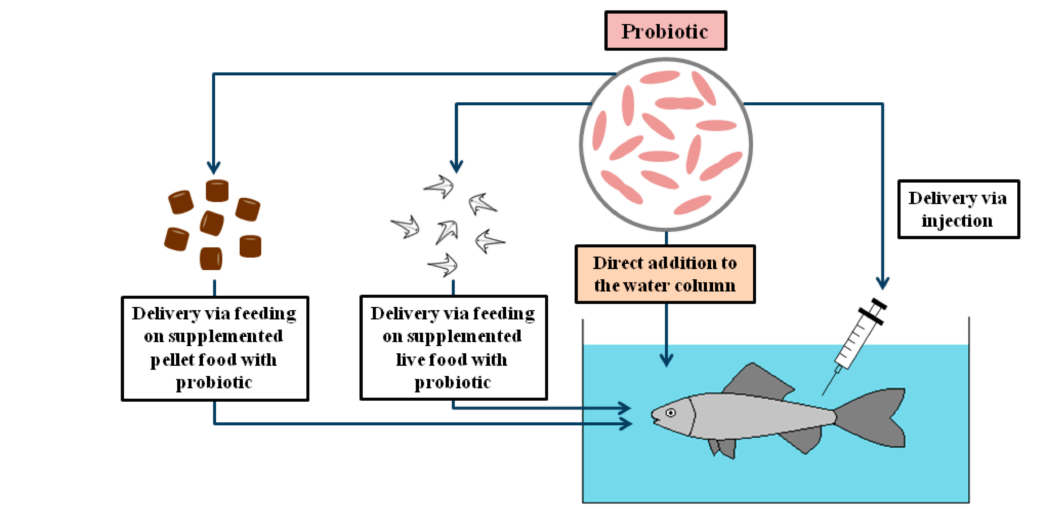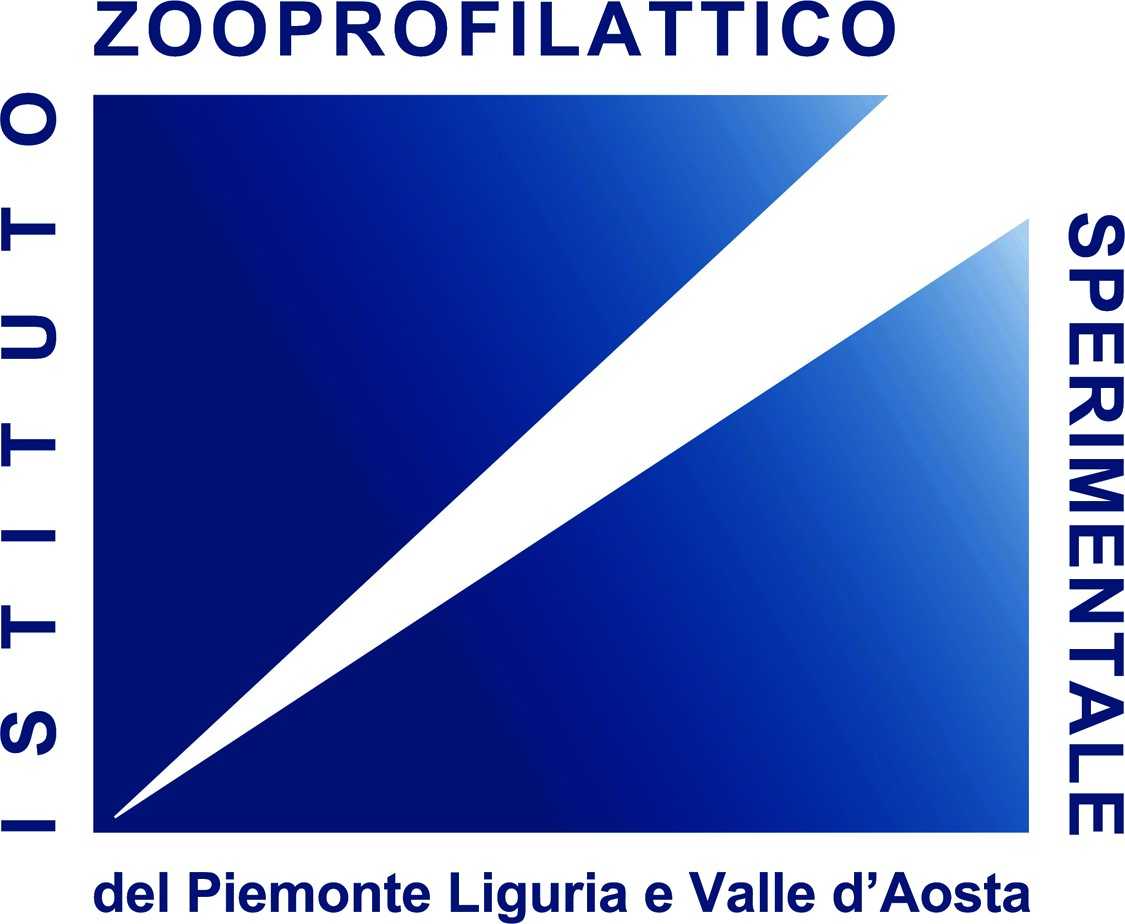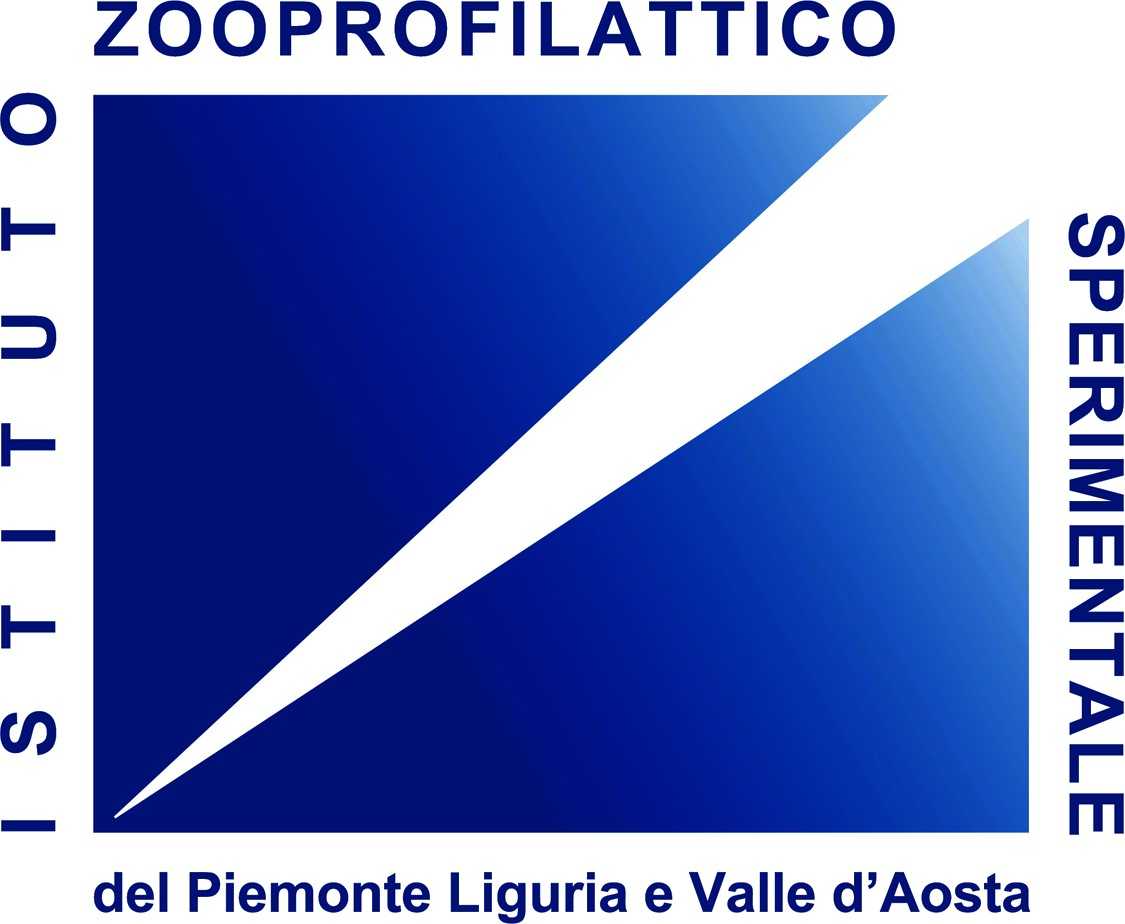The use of probiotics and plant extracts
The use of therapeutants (specifically antimicrobials) to prevent and treat pathogens has become a common practice in many aquaculture systems. However, the use of improper chemicals can be risky for the health of consumers, cultured fish species and environment. Above all, it can trigger the emergence of antimicrobial-resistant bacterial strains. As possible solutions, the current dedicated studies can propose:
- Selective breeding for disease resistance
- In field vaccination campaigns
- Supplementation of feed with nutraceuticals, plant extracts, prebiotics, and probiotics
The term “probiotic”derives from Greek words “pro”(= favor) and “bios” (= life) and defines viable organisms (usually bacteria or yeast) taken with food and conferring beneficial effects to host in various ways. Recently, the application of probiotics has become a promising practice also in aquaculture, using several routes of administration (see Fig. 1 below). The literature dedicated to the probiotics application in all farmed fish is exhaustively summarised in the following recent revision papers: Hai et al., 2015; Lazado et al., 2015; Zorriehzahra et al., 2016; Banerjee et al, 2017; Egerton et al., 2018; Jahangiri and Esteban, 2018; Hosenifar et al., 2018; Hasan and Banerjee, 2020; Kuebutornye et al., 2020; Simon et al, 2021; Nylor et al., 2021; Chupal et al., 2021).

Fig. 1: Different routes of probiotics administration in aquatic environment (Jahangiri and Esteban, 2018)
Regarding rainbow trout (O. mykiss), there are several research papers describing the benefits deriving from the probiotic bacteria administration via feed. A study demonstrated that Leuconostoc mesenteroides and Lactobacillus plantarum reduced the mortality of rainbow trout due to L. garvieae cohabitation challenge after a 30 days oral administration at 107CFU/g feed (Vendrell et al., 2008). After this experience a further in vivo investigation demonstrated that the oral administration of lactic acid bacteria (Lactobacillus plantarum, 106 CFU/g feed for 36 days) improved the protection against L. garvieae in fish challenged by cohabitation (Pérez-Sánchez et al., 2011). Sequeiros et al. (2015) reported that Lactococcus lactisTW34 isolated from marine fish is able to inhibit the in vitro growth of L. garvieae. Mohammadian et al. (2019) demonstrated that rainbow trout can benefit of dietary supplementations (5×107 CFU/ g feed for 60 days) of autochthonous probiotics (Lactobacillus delbrukei subsp. bulgaricus, Lactobacillus acidophilus) in terms of better resistance against L. garvieae intra-peritoneal infection.
In addition, plant extracts can be proposed as potential natural and eco-friendly sources of antibacterial agents against L. garvieae. Several in vitro studies performed in Iran demonstrated the antibacterial activity of extracts from B. persicum, Z. multifora, T. daenensis, S. bachtiarica, T. spicata, P. harmala, S. bachtiarica, J. regia and T. copticum and C. sinensis against L. garvieae strains isolated from rainbow trout (Goudarzi et al., 2011, Fereidouni et al., 2013; Akbary, 2014). An example of in vivo application of plant extracts in rainbow trout against lactococcosis is the one reported by Bilen et al., (2019). These researchers suggested that beard lichen (Usnea barbata) methanolic extract could be an effective therapeutic agent to be used against L. garvieae infection in rainbow trout at the dose of 4 mg/17.41 ± 0.3 g body weight/day. Recently a study also underlined the in vitro and in vivo antimicrobial activity of a multi-citrus extract-based feed additive (Biocitro®) against L. garvieae. The product contains a blend of extracts from Citrus spp. whose main active compounds are ascorbic acid, bioflavonoids and organic acids. Rainbow trout juveniles were fed a Biocitro®-enriched diet (750 mg/kg feed) at a daily rate of 1.5% body weight for 4 weeks, then they were challenged with L. garvieae by the cohabitation method showing improved protection against lactococcosis (Mora‑Sanchez et al., 2020).
The full bibliographic list can be provided on request.





